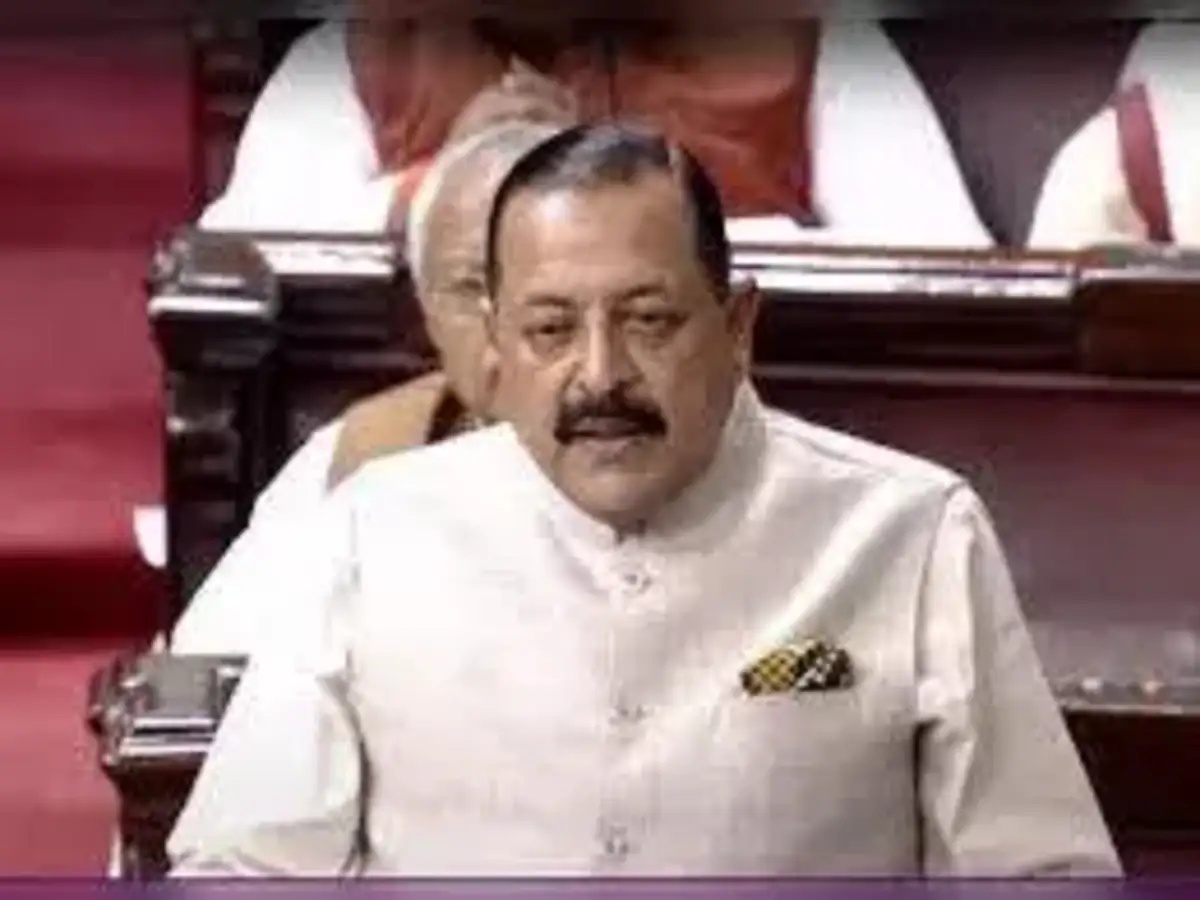
Leave Policy for Central Government Employees
Central government employees in India have been granted a comprehensive leave policy that includes provisions for caregiving responsibilities, particularly for elderly parents. Union Minister of State for Personnel, Jitendra Singh, clarified during a parliamentary session that the Central Civil Services (Leave) Rules, 1972, provide for 30 days of earned leave annually. This leave can be utilized for any personal reason, including the care of elderly family members. The policy also encompasses 20 days of half pay leave, eight days of casual leave, and two days of restricted holiday, alongside other eligible leaves. This framework ensures that government employees can balance their professional obligations with personal caregiving duties. The inclusion of such leave provisions reflects a growing recognition of the need for work-life balance, especially in an aging population. Employees are now empowered to take time off without compromising their career progression, fostering a more supportive work environment. The policy’s flexibility allows individuals to address diverse caregiving scenarios, from medical emergencies to routine care responsibilities, ensuring that personal and professional commitments are harmonized effectively.
Minister’s Response to Parliamentary Inquiry
During a question session in the Rajya Sabha, lawmakers inquired about specific provisions for government employees to take leave for caregiving purposes. Singh’s response emphasized that the existing leave rules already cover such scenarios. He reiterated that the 30 days of earned leave, along with other entitlements, can be availed for any personal reason, including the care of elderly parents. The minister’s clarification addressed concerns about the adequacy of current leave policies, highlighting the government’s commitment to employee welfare. The response also underscored the importance of adhering to existing regulations, which are designed to accommodate a range of personal and professional needs. By explicitly mentioning caregiving responsibilities, the minister acknowledged the societal shift toward valuing family care, particularly for aging parents. This move aligns with broader initiatives to support work-life balance, ensuring that employees can fulfill their familial obligations without facing undue professional consequences. The policy’s adaptability to modern challenges underscores its relevance in contemporary governance.
Broader Implications for Work-Life Balance
The leave policy for Central government employees represents a significant step toward addressing the challenges of work-life balance in public sector roles. As the demographic landscape evolves, the need for flexible leave arrangements becomes increasingly critical. The inclusion of caregiving leave in the existing framework reflects a proactive approach to employee well-being, fostering loyalty and productivity. By recognizing the importance of family responsibilities, the government is setting a precedent for other sectors to follow. This policy not only supports employees but also strengthens the overall workforce by reducing stress and burnout. Furthermore, it promotes a culture of empathy and understanding within the workplace, encouraging colleagues to support one another’s personal challenges. The emphasis on caregiving leave also aligns with global trends in labor policies, which prioritize employee welfare as a key component of organizational success. As such, the Central government’s initiative serves as a model for creating a more sustainable and compassionate work environment.
Category-Specific Leave Entitlements
While the Central government’s leave policy provides a robust framework, state government employees have distinct entitlements based on their respective jurisdictions. The available categories, such as Andhra Pradesh, Bihar, and Uttar Pradesh, offer tailored leave provisions to address regional needs. For instance, some states may allocate additional leave days for caregiving, reflecting local priorities and demographic factors. This variation ensures that leave policies are contextually relevant, accommodating diverse societal structures and family dynamics. However, the core principle of supporting caregiving responsibilities remains consistent across all categories, underscoring a nationwide commitment to employee welfare. The distinction between central and state-level policies highlights the importance of localized approaches in labor regulations. As such, the Central government’s leave rules serve as a foundational model, while state-specific provisions add depth and nuance to the broader framework of employee entitlements.
Future Considerations and Policy Evolution
As societal needs evolve, the leave policies for government employees must adapt to new challenges. While the current framework provides a solid foundation, continuous evaluation is essential to ensure its effectiveness. The inclusion of caregiving leave for elderly parents is a positive step, but further refinements may be necessary to address emerging issues such as long-term care and mental health support. Policymakers should consider expanding leave entitlements or introducing flexible work arrangements to better accommodate caregiving responsibilities. Additionally, the integration of digital tools for leave management could enhance accessibility and transparency. By prioritizing employee well-being, governments can foster a more resilient and motivated workforce. The Central government’s initiative sets a benchmark for other sectors, encouraging a collective effort to create sustainable work-life balance policies. As the workforce continues to diversify, the adaptability of leave regulations will play a crucial role in shaping future labor practices.



